The Chinese grape season begins every year in May. This year, however, the market has been weak since the outbreak of Covid-19. That is why the overall export volume has declined in comparison with previous years. Mr. Liao, a spokesperson for specialist fruit exporter Guangdong Holy Fresh Fruit Co., Ltd., recently talked about current conditions in the Chinese grape market. He also shared his opinion on the ways in which Chinese grapes stand out in the international grape market.
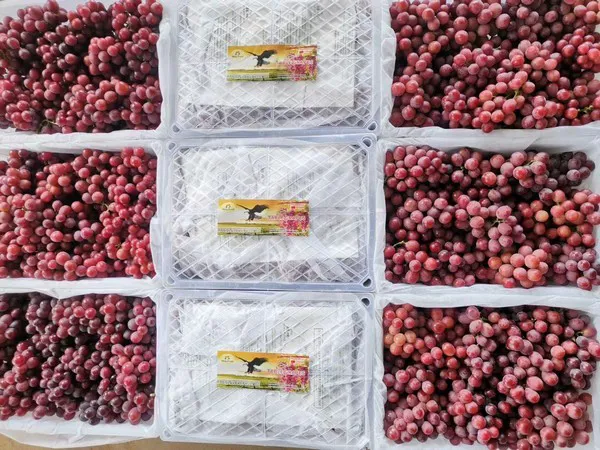
Holy Fresh Fruit exports a number of grape varieties, including Red Globes, Sunshine Rose, Summer Black, Crimson, and seedless white grapes. The company exports more than 1,000 shipping containers full of grapes to various countries in Southeast Asia and the Middle East.
"This season we suffered significant financial loss on the sales of Sunshine Rose grapes and Sapphire grapes. Marked demand for these two varieties suddenly declined as a result of the outbreak of Covid-19."
In addition, according to Mr. Liao, "A growing number of companies have seen the market potential of Sunshine Rose grapes and decided to join in the production of this high-end grape variety. The sudden expansion of the overall surface area devoted to Sunshine Grape plantation has flooded the market with Sunshine Rose grapes. Market supply far exceeds consumer demand, which in turn puts pressure on the price. In addition, there are various traders who ignore product quality in their haste to join the Sunshine Rose market," said Mr. Liao.
"For example, the price of Sunshine Rose grapes was around 40 yuan [5.90 USD] per 0.5 kg during peak sales season in Yunnan, but the grapes in Hunan only sold for 4 yuan [0.59 USD] per 0.5 kg. The asking price is nearly ten times lower than in Yunnan. This is not just difficult for vineyard owners who carefully grow top-quality grapes, but this is also confusing for consumers."
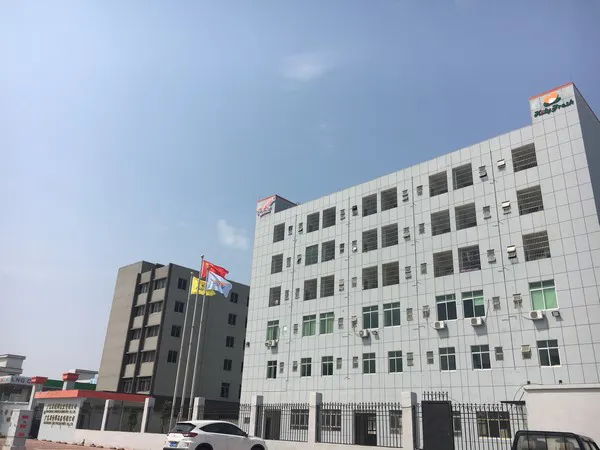
How does a vineyard stand out in this competitive market? Mr. Liao, who has many years of experience in the Chinese grape industry, shared with us his view: "The added value of Chinese grapes is relatively low at the moment. Compare them to oranges, for example. Some Chinese oranges meet the high standards for the European and North American markets. And the Chinese production season mirrors the orange production season in the southern hemisphere, which gives Chinese orange farmers certain advantages. But the majority of Chinese oranges are destined for relatively low-end markets in Southeast Asia.
"The export price of Australian oranges is around 15-20 USD per box of 8 kg, while Chinese oranges of the same quality and in the same packaging only sell for 7-9 USD per box of 8 kg. The cheap price is the first impression many overseas buyers have of Chinese fruit. However, the low price does not necessarily indicate poor product quality. Generally, this is a problem of branding rather than product quality."
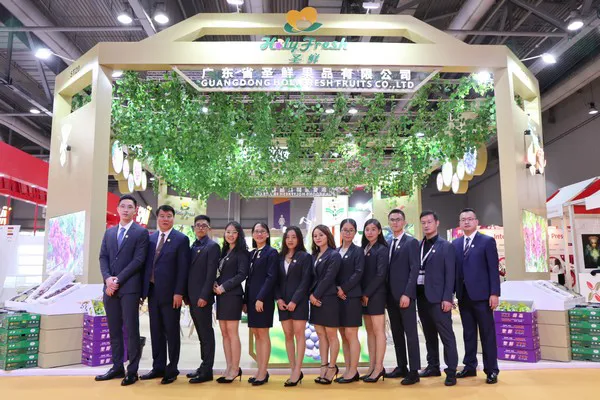
When asked how to establish a strong brand for Chinese fruit, Mr. Liao replied: "First, the industry standards are key. From plantation management to processing facilities as well as transport, all of these segments of the supply chain require strict standards. In this way the fruit can be sorted into grades that reflect product quality. That is the only way to ensure smooth market operations. Only then can Chinese fruit compete in the international market.
"Second, the industrialization of fruit production requires technological support. The Chinese orange industry has benefited from the study of new plantation technology, high-tech processing facilities, post-harvest preservation technology, and track-and-trace IoT technology in the cold supply chain.
"And third, the packaging methods need to be renewed. Some companies pay a lot of attention to product quality, but still package their fruit in old packaging. When consumers see old packaging, they assume that the product quality is similar."
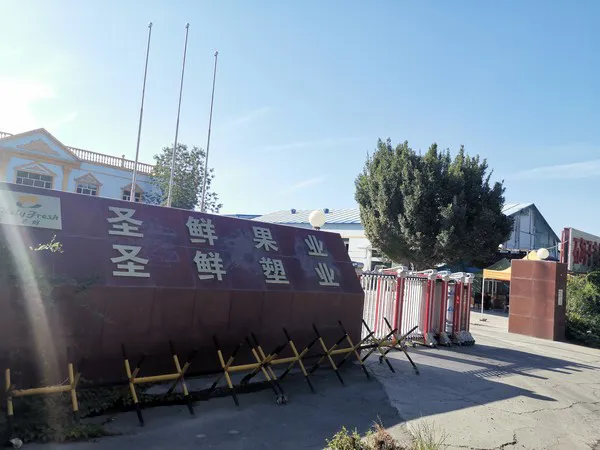
Holy Fresh Fruit organized a project for "the integration of the orange industry" in Laibin City, Guangxi, last June. The company introduced a well-known Chinese brand of automated, digitized selection equipment. The automated selection equipment has six double belts for a total of twelve selection lines with a daily processing capacity of more than 400 tons.
The selection equipment is easily operated. The laser-guided selection equipment checks the sweetness and sourness of oranges, grades the appearance, sorts fruit by size, and examines each individual fruit for spots, fungus, or other damages. The selection equipment creates a uniform system that establishes product quality standards in the orange industry and satisfies demands from various clients.
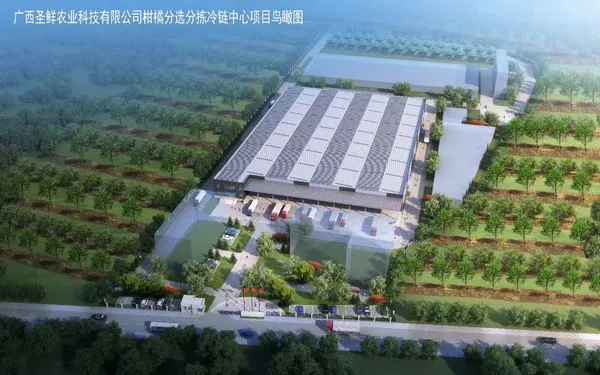
Guangdong Holy Fresh Fruit has several orchards in China. Their own registered brands SpriFresh and HolyFresh area already well established in the Chinese market and overseas. The company mainly exports to markets in Southeast Asia, the Middle East, and South Asia.
Holy Fresh exports around 50,000 tons of fruit per year. "The creation of a Chinese fruit brand that creates added value is a heavy responsibility that took us a long time to achieve. However, someone has to do it. We hope to spread this concept among industry specialists throughout China and in doing so support continued development in the Chinese fruit industry," said Mr. Liao.
For more information:
Mr. Liao Qiang - Manager
Guangdong Holy Fresh Fruit Co., Ltd.
Tel.: +86 18682055436
WeChat ID: David984745
WhatsApp: 86-18682055436
Website: www.sprifresh.com
